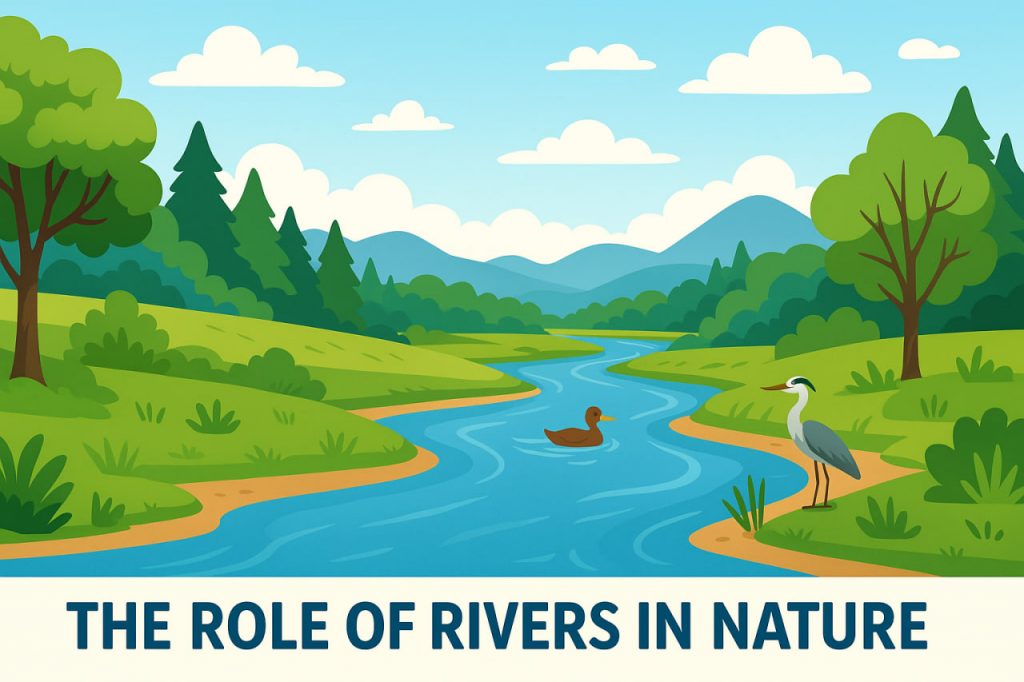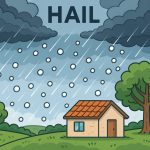Rivers are more than flowing bodies of water—they are essential lifelines for ecosystems, landscapes, and human civilization. Originating from mountains, glaciers, springs, or rainfall, rivers shape the Earth’s surface and support millions of plant and animal species. They serve as natural highways, water sources, and ecological corridors.
Water Supply for Life
Rivers provide freshwater, which is vital for drinking, agriculture, and sanitation. Many cities and towns are built along rivers because of the easy access to water. Rivers irrigate crops, fill reservoirs, and supply industries. In many regions, rivers are the primary source of clean water for both people and wildlife.
Habitats and Biodiversity
River ecosystems support a wide range of biodiversity. Fish, amphibians, birds, and countless microorganisms live in or near rivers. Riverbanks, wetlands, and floodplains create fertile environments for animals and plants to thrive. Migrating birds often rely on rivers as navigation paths and resting zones.
Shaping the Land
Over time, rivers carve valleys, canyons, and deltas. Through the processes of erosion and deposition, they move soil and rock, forming new landscapes. The Nile Delta, the Grand Canyon, and the Amazon basin are all products of rivers transforming the Earth.
These geological changes can create rich agricultural areas, new habitats, and diverse terrain.
Climate and Weather Regulation
Rivers influence local climate and humidity. Evaporation from rivers contributes to cloud formation and rainfall. Forested river basins, such as the Amazon, help regulate global carbon levels and temperature, playing a role in climate stability.
Human Civilization and Culture
Historically, many of the world’s earliest civilizations developed along rivers—the Nile, Tigris and Euphrates, Indus, and Yellow River. Rivers were used for transportation, trade, and communication. Today, they continue to play a cultural and spiritual role in many societies, inspiring folklore, religion, and art.
Hydropower and Energy
Modern rivers are harnessed to generate electricity through hydroelectric dams. While this provides renewable energy, it can also impact fish migration, river flow, and nearby ecosystems. Responsible development is essential to balance energy needs with environmental health.
Environmental Challenges
Rivers face threats from pollution, damming, deforestation, and climate change. Contaminated rivers harm wildlife and pose serious risks to human health. Protecting river systems is crucial to preserving the health of the planet.
Glossary
- Freshwater – water that is not salty, suitable for drinking and agriculture
- Biodiversity – the variety of life in a particular habitat or ecosystem
- Erosion – the gradual wearing away of soil or rock by wind, water, or ice
- Deposition – the process where sediments are laid down in new locations
- Hydropower – energy produced from moving water
- Delta – a landform created where a river meets a larger body of water
- Floodplain – flat land near a river that floods periodically and supports rich soil


